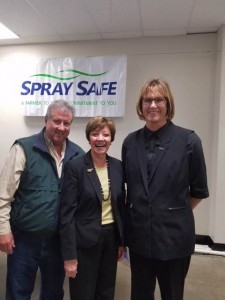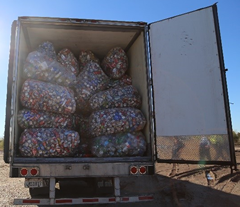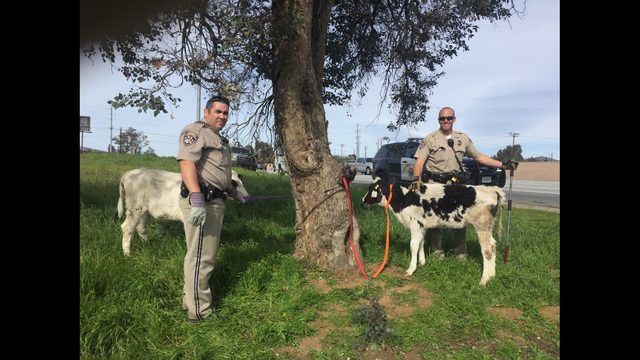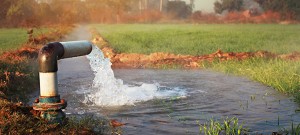The 2016 grape crush totaled 4,227,110 tons, up 9.3 percent from the 2015 crush of 3,868,459 tons. Red wine varieties accounted for the largest share of all grapes crushed, at 2,278,593 tons, up 11.6 percent from 2015. The 2016 white wine variety crush totaled 1,752,554 tons, up 5.3 percent from 2015. Tons crushed of raisin type varieties totaled 98,205, up 6.2 percent from 2015, and tons crushed of table type varieties totaled 97,759, up 38.3 percent from 2015.
The 2016 average price of all varieties was $762.84, up 13.6 percent from 2015. Average prices for the 2016 crop by type were as follows: red wine grapes, $918.34, up 16.3 percent from 2015; white wine grapes, $598.07, up 10.7 percent from 2015; raisin grapes, $213.64, down 13.7 percent; and table grapes, $153.05, down 39.4 percent
In 2016, Chardonnay continued to account for the largest percentage of the total crush volume with 16.0 percent. Cabernet Sauvignon accounted for the second leading percentage of crush with 13.4 percent. Thompson Seedless, the leading raisin grape variety crushed for 2016, held 2.0 percent of the total crush.
District 13, (Madera, Fresno, Alpine, Mono, Inyo Counties; and Kings and Tulare Counties north of Nevada Avenue (Avenue 192)), had the largest share of the State’s crush, at 1,331,936 tons. The average price per ton in District 13 was $301.85.
Grapes produced in District 4 (Napa County) received the highest average price of $4,685.58 per ton, up 7.8 percent from 2015. District 3 (Sonoma and Marin counties) received the second highest return of $2,590.23, up 6.1 percent from 2015. The 2016 Chardonnay price of $886.00 was up 12.4 percent from 2015, and the Cabernet Sauvignon price of $1,468.34 was up 11.5 percent from 2015. The 2016 average price for Zinfandel was $604.52, up 5.1 percent from 2015, while the French Colombard average price was up 3.4 percent from 2015 at $260.82 per ton.
The entire Grape Crush Report is available online at www.nass.usda.gov/ca.












